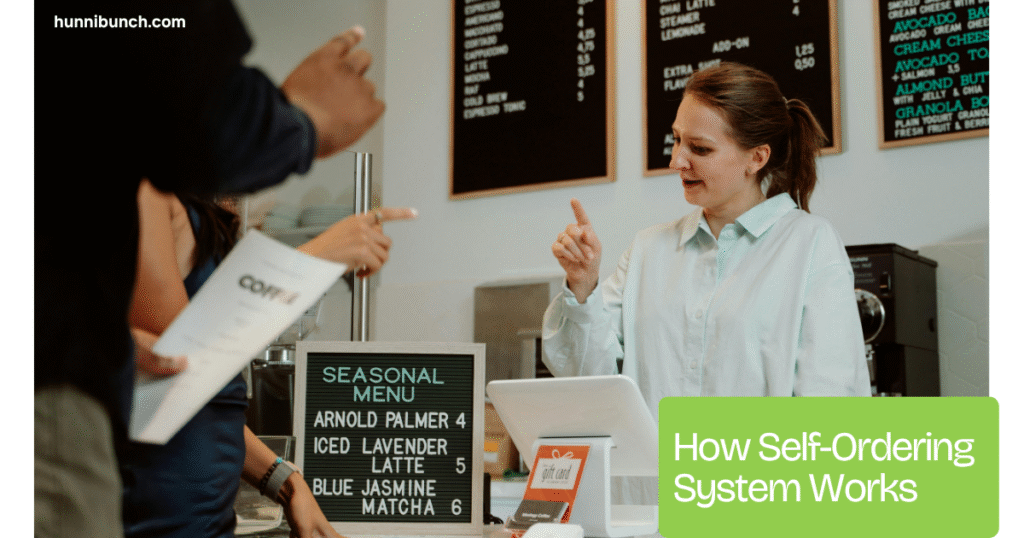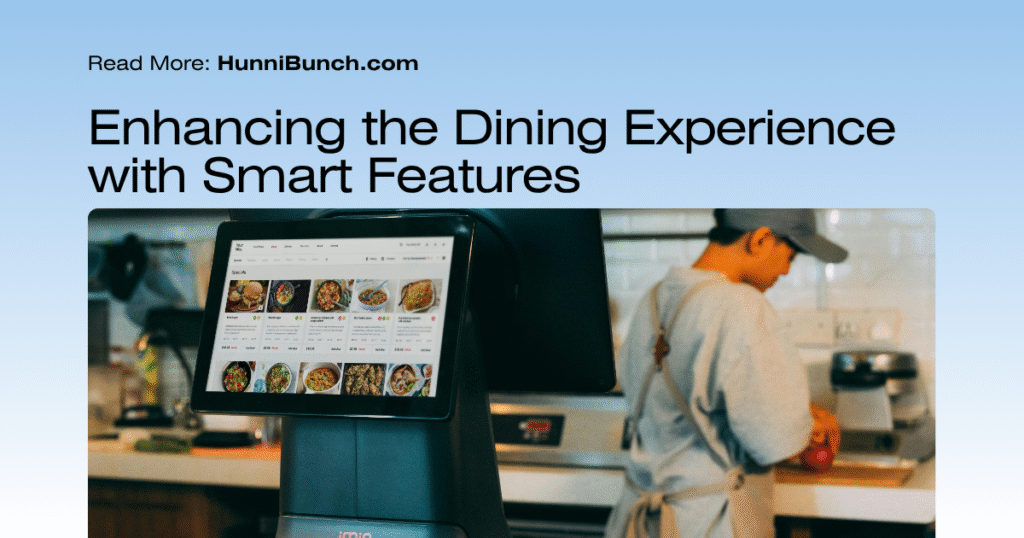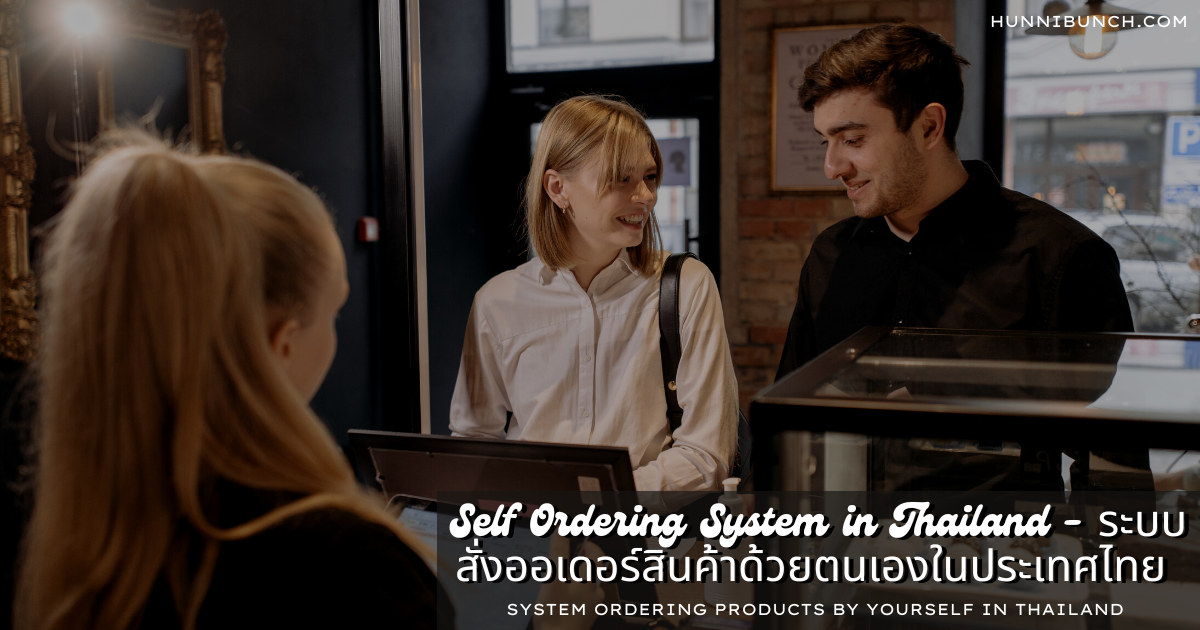Over the last ten years technology has affected all industries and the food and beverage industry in Thailand is adapting, evolving and returning to normal. The period of change has been how the Self Ordering System in Thailand – ระบบสั่งออเดอร์สินค้าด้วยตนเองในประเทศไทย – locally recognized as System Ordering Product by Yourself in Thailand is being utilized by customers. This has changed how customers engage/reserve/visit including how restaurants conduct their business.
Mid-2020, Thailand’s food landscape is experiencing a major shift and support in the form of self ordering is transforming engagement process, very best of all, it has a lot more intelligent, quicker, and personal dining experience. So how does it work? What are the benefits of a Self-Order System? And what is the future of the self-order system?
How Self-Ordering System Works

A Self-Ordering System in Thailand allows consumers to order food and beverages without any engagement with waitstaff or cashiers, all by themselves. Customers can use self-ordering systems through touchscreen kiosks, smartphones or tablets to check out digital menus, customize their meals and pay for their meals from their seats or at a kiosk.
The self serve and contactless model has widely adopted in many ways. From casual dining restaurants, to fast casual, fast food, the eating experience onsite and offsite delivery, Self-Ordering Systems have become the default business model in terms of customers order through the app, to online food ordering, fulfilling all through Self-Ordering Systems.
Advantages for Restaurants and Guests
1. Efficient Operations
Restaurants benefit tremendously from a de-congested daily workload and saved labour costs. Instead of ordering the food, employees are now fully focused on performing customer service (the fun part!), as automation eliminates human error, preserves speed of service, and streamlines processes, so performance and cost are optimized.
2. Better Guest Experience
Guests receive more agency/freedom to order in the way that suits them. Guests take longer reading menus, order when they want to order and tailor their meals to either standard single items, or alter single items to build meals that suit their tastes. This agency and freedom often lead to greater satisfaction, faster service, and fewer order inaccuracies.
3. Reduced Wait Time
A critical dimension of performance self-ordering applies to speed. Less wait time equates to order placement and meal preparation quicker than if a serving person took the order. This is especially of benefit to visitors in higher traffic environments such as quick service restaurants and food courts where speed of service is vital.
The Role of Contactless Payments

Alongside self-ordering, contactless payment options are a game-changer. Thai diners can now pay with smartphones, QR codes, digital wallets, credit/debit cards, and even cryptocurrencies in select locations. This not only enhances convenience but also aligns with global demands for hygiene and safety post-COVID.
By integrating secure payment gateways, the system eliminates the need for cash handling and speeds up checkout — making dining smoother and more secure.
Enhancing the Dining Experience with Smart Features

Modern Self-Ordering Systems go beyond order placement. They offer:
- AI-powered suggestions based on past orders
- Loyalty programs and discounts
- Real-time order tracking
- Reordering options for favorite meals
These features add a personal touch that traditional dining models often lack. For restaurants, the system doubles as a data collection tool — capturing customer preferences, purchase patterns, and feedback. This data can be used for targeted marketing, menu optimization, and service improvements.
What the Future Holds
As Thailand continues to digitize, the Self-Ordering System is expected to become smarter and more integrated. Emerging technologies such as Artificial Intelligence (AI) and Augmented Reality (AR) may allow customers to:
- Visualize dishes in 3D before ordering
- Receive AI-generated meal recommendations
- Interact with virtual waitstaff
Integration with delivery platforms will also grow, enabling a hybrid dine-in and delivery ordering experience. Imagine a future where one app can handle dine-in orders, takeaway, and home delivery — all through one seamless interface.
Moreover, with the push for smart cities, we may see self-ordering systems implemented not just in restaurants but also in public spaces, malls, and transportation hubs, creating a fully connected food ecosystem.
Challenges to Overcome
Despite its benefits, there are a few hurdles:
- Cost of Implementation: Smaller restaurants or independent vendors may struggle with the upfront cost of kiosks, app development, or integration with POS systems.
- Digital Divide: Not all customers are comfortable with digital ordering. Seniors and tech-averse individuals may prefer traditional service. To address this, many restaurants adopt hybrid models, allowing both traditional and digital ordering methods to coexist.
Conclusion
The Self-Ordering System in Thailand is redefining the nation’s food and beverage industry. It provides a win-win scenario — streamlining operations for business owners and elevating the experience for diners. As we look toward 2025, we can expect more personalized, efficient, and tech-driven dining solutions.
With Thailand’s hospitality and tech sectors rapidly aligning, the ระบบสั่งออเดอร์สินค้าด้วยตนเองในประเทศไทย is more than a trend — it’s a fundamental shift. Whether you’re a restaurant owner looking to improve efficiency or a diner seeking speed and control, the future of dining in Thailand is contactless, smart, and deeply customer-focused.
Read More: 5StarsStocks.com Passive Stocks | 5StarsStocks.com Nickel | Investiit.com Tips | NippyBox Cloud Storage | Augusta Precious Metals Lawsuit | Catherine the Great Furniture



